With DJ’s seemingly crawling out of the woodwork and heavy beats dropping at every turn of your head, chances are you have heard the term ‘EDM’ (an acronym for electronic dance music) uttered once or twice before.
The umbrella term ‘EDM’ generates so much controversy that it is impossible to reach a general consensus on the true meaning of the phrase. Depending on which DJ you ask, the definition you receive of EDM could be apples to oranges.
 There is no denying that electronic music has evolved dramatically from its’ roots in warehouse raves and the European underground. Says world-renowned producer Tim Bergling, commonly know as Avicii:
There is no denying that electronic music has evolved dramatically from its’ roots in warehouse raves and the European underground. Says world-renowned producer Tim Bergling, commonly know as Avicii:
I don’t see EDM anywhere else than in America. It’s a very American term.
The purpose of this article is not to act as an authority on the ‘true’ definition of the term but to help our audience develop a better understanding of the components that make up the rapidly expanding electronic dance music scene.
Throughout this article, we will take a look at where electronic dance music originated, the numerous types of genres that exist, the lifestyle surrounding the EDM movement, and EDM as we know it today. From kandi to PLUR, we look to clear up some terminology you may have heard but had no idea what the meaning was.
So, What is EDM You Ask?
Simply stated, electronic dance music is any music that is generated primarily through electronics such as computers and synthesizers.
EDM, or Electronic Dance Music, is a concoction of various computer generated sounds such as bass lines, drums and percussion, echos, and manipulated vocal samples that are combined using synthesizers and other various equipment to create a full length sample. Generally created for the nightclub and music festival scene, EDM has been generating an increasingly large mainstream following, particularly throughout the last decade.
But where did the culture as we know it stem from?
Daft Punk Sets the Modern Day Standard
Though electronic dance music has been around since the late 60s/early 70s (depending on who you ask), EDM as we know it today began to grow and evolve through warehouse raves of the 80s and 90s in to the nightclub and music festival scene of today.

In 2006 Coachella Music Festival featured Daft Punk, who incorporated a luminescent pyramid as their DJ booth along with an intricate lighting rig that set the bar for stage pageantry. With this performance, SPIN Magazine declared that the arms race in electronic dance music was officially underway, with this event serving as the proverbial ‘tipping point.’
The 2006 performance by Daft Punk added an entirely new element to dance music culture. Not only was the originality of computer generated sounds appealing, but an entirely new market was now wide-open with the possibility of extravagant visual components, mesmerizing light shows, interactive characters and performers, and other creative elements.
No longer was EDM to be considered just another genre of music: an entirely new subculture had been created.
Mainstream EDM in the United States
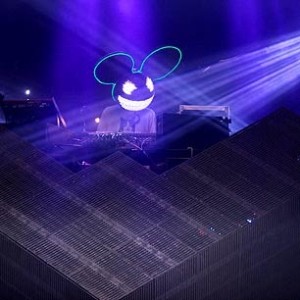
The noticeable shift in culture became increasingly evident with deadmau5 closing out the traditionally alternative-rock-centric Lollapalooza in 2011.
During that same year Spin Magazine declared the emergence of a ‘new rave generation’ led by artists such as David Guetta and Skrillex spitting out tracks that could be heard at house parties at every college campus and house party throughout the country.
With EDM producers such as Afrojack and Calvin Harris repeatedly releasing collaborations with artists who made their home in the Top 40 charts, it did not take long for electronic dance music to resonate among consumers across the United States, and beyond.
The Influence of Electric Daisy Carnival
Electric Daisy Carnival served as the next catalyst in the growth of EDM.
Though the inaugural event was conducted in 1997, the 2010 event held at Los Angeles Memorial Coliseum created an entirely new experience while catapulting the culture into the headlines. With attendance exceeding 185,000 and lines seeing wait times in excess of two hours, the American EDM culture seemed here to stay.
The 2010 event marked the largest EDM event outside of Europe to date, earning it the nickname ‘American Ibiza.’
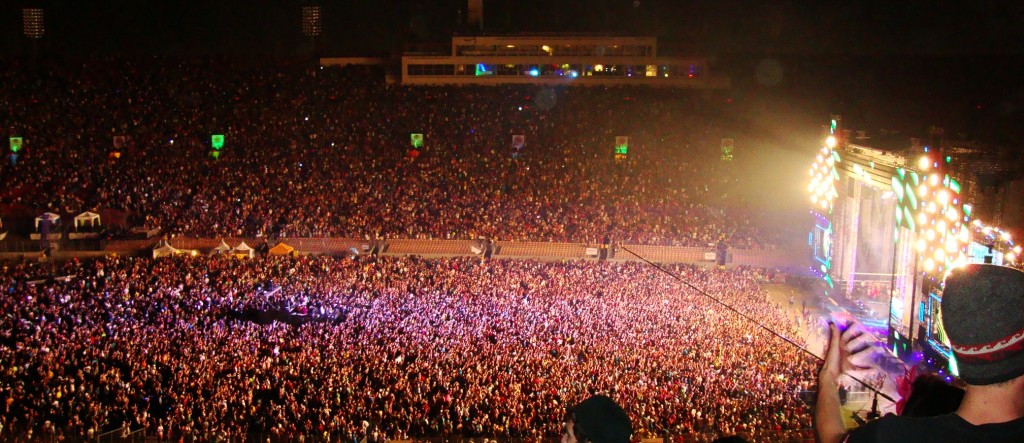
With elaborately costumed performers, multiple stages, interactive displays, and various carnival rides, EDC became the flagship production that would set the bar for festivals and productions that would emerge in the coming years. Originally a 1 day event in Southern California, EDC has evolved in to a 3-day experience boasting more than 400,000 attendees, making it the largest music festival gathering in the world.
PLUR, Vibes, and Rave Culture
Peace, Love, Unity, and Respect. That is the underlying Universalist philosophy that continues to sweep through the community associated with electronic dance music.
- Peace – Generally an element of inner peace that translates to the communal setting. Rarely will you find violence at EDM events.
- Love – Everybody love everybody. If you go to a music festival you are bound to experience a smile, hug, or high five at one point. Love for yourself and everything around you.
- Unity – The realization that “the whole is greater than the sum of its’ parts.” Everyone coming together to contribute positive energy and share their experience.
- Respect – Not only for your neighbor but for yourself. Allowing your true self to shine through while also appreciating the nature of those around you.
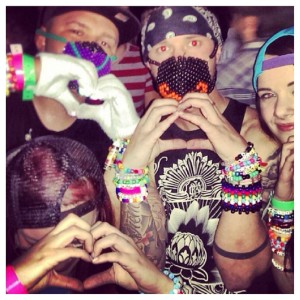
With massive gatherings such as Electric Daisy Carnival (Las Vegas, Nevada), Ultra Music Festival (Miami, Florida), and TomorrowWorld (Chatahoochee Hills, Georgia), a sense of community has long been established with a central focus on coming together to escape everyday life and simply enjoy the message of the music.
Anyone who has attended a festival of this magnitude is likely to tell you that their experience was either life changing, the coolest thing they have ever done, or a memory they will never forget (if not a combination of the three).
From music festival fashion to free-spirit, EDM culture has indoctrinated itself with a unique culture understood only by those that have experienced it firsthand and often described by outsiders as a bunch of contemporary hippies. British newspaper, The Guardian, described the modern raver as a “slick and sexified yet also kitschy-surreal image midway between Venice Beach and Cirque Du Soleil,Willy Wonka and a Gay Pride parade.”
Lady Casa Emerges as an EDM Figurehead
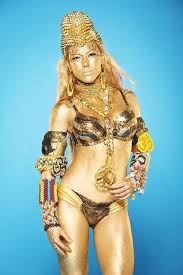
The emergence of figureheads such as Lady Casa embody PLUR culture in its’ entirety.
With so much negativity surrounding the assumed drug culture associated with electronic dance music, in the end it is the accounts of everlasting friendships and eye-opening experiences that resonate among festival goers.
Lady Casa is at the forefront of this movement. Just one look at her social media accounts will tell you all you need to know about the kandi-covered bastion of love and light. An exemplary role model and maternal figure, Lady Casa has become a staple at electronic dance music events. The activist for change and leader of the PLUR Warriors not only preaches the ideals behind EDM culture but fully lives it.
A role model for the younger rave generation, Lady Casa embodies the communal nature and underlying values of EDM culture, helping to feeding the homeless, spread the PLUR message, and educate ravers around the world.
Electronic Dance Music as Big Business
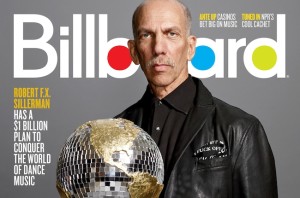
SFX Entertainment emerged as a big player in the game in June 2012 when media executive, Robert F. X. Sillerman announced his plans to invest more than $1 billion dollars in the EDM industry in the first year alone.
Living true to his promise, SFX purchased ID&T (organizers of Tomorrowland in Belgium), Beatport, Voodoo, the Miami Marketing Group, and the Opium Group who operate exclusive Miami nightclubs LIV and Mansion, respectively.
This paved the way for the United States edition of Tomorrowland – TomorrowWorld – and has set the pace for massive growth moving forward.
The acquisition of Ultra Records by Sony Music Entertainment has also spoken to the influence and importance of electronic dance music as a worldwide phenomenon.
The Future of Electronic Dance Music
One of the major gripes of consumers today is the escalating ticket prices of large-scale events. One thing is for certain; as long as the demand is there, the prices will remain high to maintain the best standards of production.
CEO of Insomniac Events, Pasquale Rotella, took to Instagram to explain the reasons behind inflation:
These events cost more and more to produce every year. Insomniac has produced events that have sold out and we’ve lost money – more than once. Many times the budget goes up when its only days before the show and beyond our control. So much goes on behind the scenes. So many challenges! We offer much more than other festivals and their prices are often higher. I can’t produce these events for $50-60 tickets, it’s just not possible. Artist costs have gone through the roof. Police and safety costs keep going up. I can’t compromise the integrity of the production and environment to compensate. I’m a raver and know what you are talking about, but this is bigger than me. All I can do is keep doing my best and what I love.
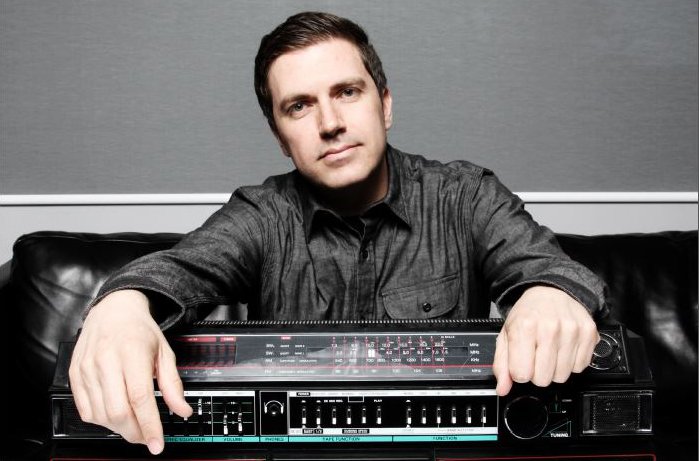
So what is it that generates the magnetic effect these events seem to possess?
For some it may be the general lack of clothing. For others it may be the intrinsic love of the music. One thing is undeniable. The energy that reverberates amongst the hundreds to hundreds of thousands of people that attend various EDM events around the globe is captivating and keeps us coming back.
Regardless of the definition, there is a reason the EDM nation continues to grow.
PLUR on my friends.
Photo via Rolling Stone
Photo via wiki (edc la)
Photo via NXNYLive (daft punk 2006)
Photo via thesceneisdead (lady casa)
Photo via Billboard
Photo via Orlando Weekly (pasquale rotella)

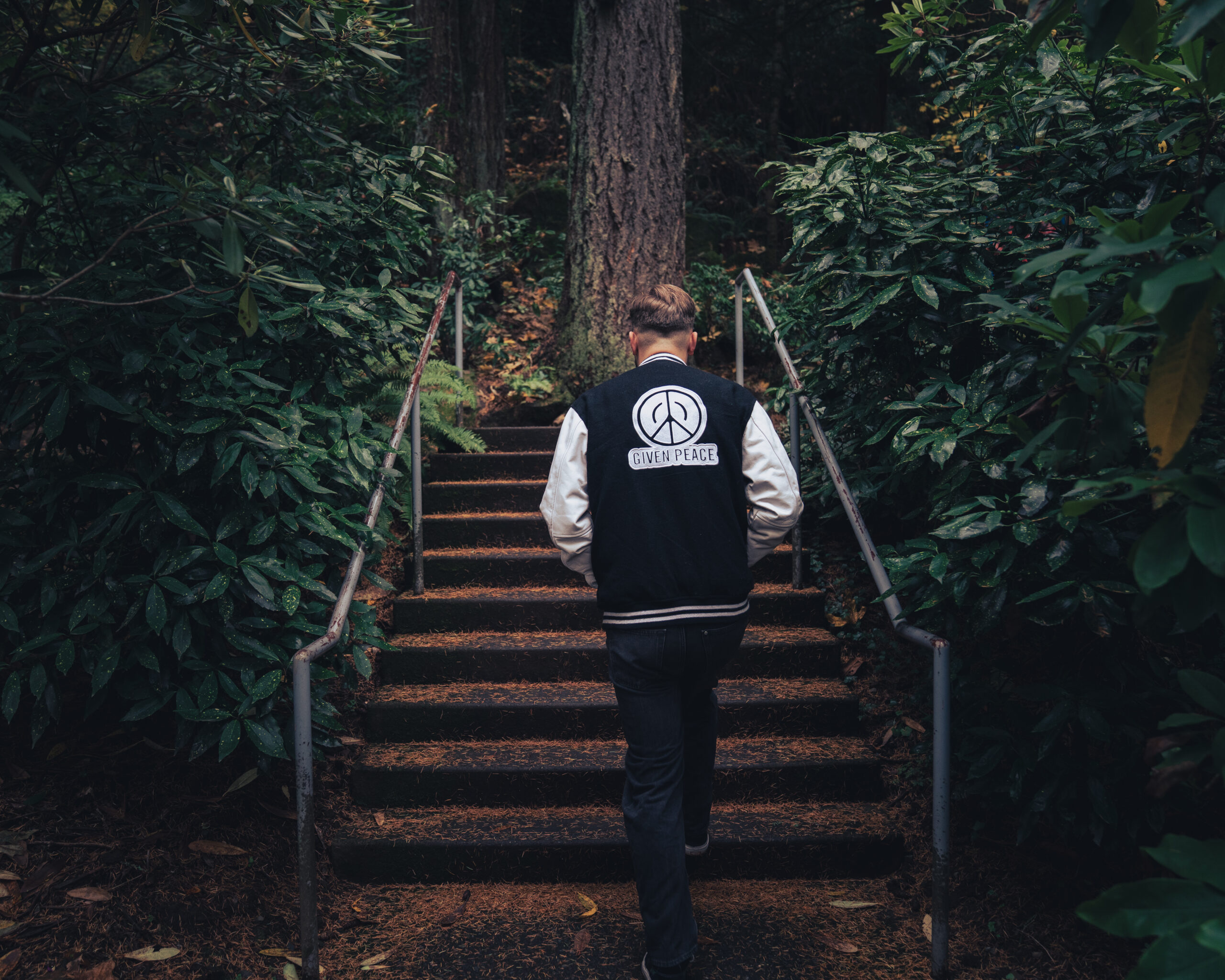
Great article Perry. Well done, thorough. Well written. Enjoyed it.
Such a great read!
Thanks Luis! Glad you enjoyed it.